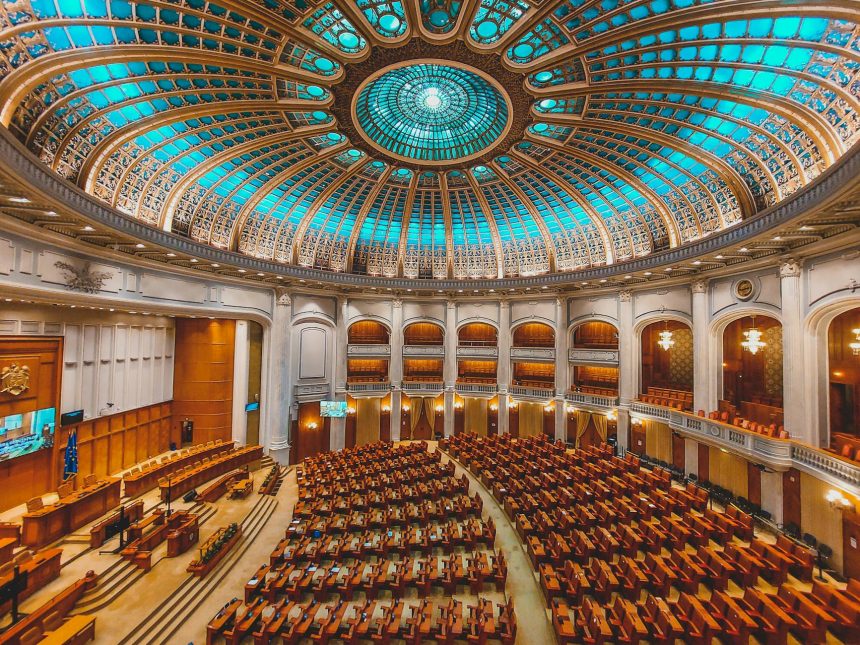How Northern Ireland’s Politics Work: 5 Key Insights
The intricate tapestry of Northern Ireland’s political system is a subject that often sparks curiosity and can be quite complex to unravel. At its core, the region’s governance is shaped by a fundamental divergence of constitutional aspirations: a significant portion of the population wishes to maintain their union with the United Kingdom, while another substantial group advocates for a united Ireland. This enduring tension has profoundly influenced every facet of its political life, from the institutions established to the parties that contest elections. Understanding how Northern Ireland’s politics work requires delving into its unique history, its power-sharing arrangements, and the key players that define its public discourse.
Understanding the Core Constitutional Divide
At the heart of Northern Ireland’s political identity lies the ongoing debate about its constitutional future. This isn’t merely an abstract concept; it’s a lived reality that influences community relations, economic development, and, of course, political allegiances.
Unionism: The Case for the Union
Unionist parties primarily advocate for Northern Ireland to remain an integral part of the United Kingdom. This perspective is often rooted in historical ties, cultural identity, and a sense of shared heritage with Great Britain. Key concerns for unionists typically include economic stability within the UK framework and the preservation of their cultural traditions.
Nationalism: The Vision of a United Ireland
Conversely, nationalist parties champion the cause of a united Ireland, believing that the island should be governed as a single entity. This viewpoint is often driven by a desire for national self-determination and a distinct Irish identity. Nationalists frequently highlight shared cultural and historical narratives across the island.
The Power-Sharing Framework: A Delicate Balance
The unique political architecture of Northern Ireland is a direct response to its divided society. The Good Friday Agreement, signed in 1998, established a devolved government based on power-sharing principles, aiming to ensure representation and participation for all communities.
The Northern Ireland Assembly
The legislative body, the Northern Ireland Assembly, is central to this system. It’s designed to foster cooperation and prevent any single community from dominating the political process.
Key Institutions and Roles
- The First Minister and deputy First Minister: These roles are jointly held, reflecting the power-sharing ethos. The positions are typically filled by leaders from the largest unionist and nationalist parties, respectively.
- The Executive Committee: This body comprises ministers responsible for various government departments, with portfolios allocated based on party strength and agreed-upon principles.
- The Assembly Commission: Oversees the administration and resources of the Assembly.
Navigating the Political Parties
Northern Ireland boasts a diverse range of political parties, each representing different shades of unionism, nationalism, and those who identify as ‘other’ or focus on cross-community issues.
Major Political Parties
- Democratic Unionist Party (DUP): A prominent unionist party with a strong focus on maintaining the Union and traditional values.
- Sinn Féin: The largest nationalist party, advocating for a united Ireland and often seen as the political wing of the former Provisional IRA.
- Ulster Unionist Party (UUP): Another significant unionist party, historically a dominant force, now often positioned as a more moderate unionist option.
- Social Democratic and Labour Party (SDLP): A nationalist party that traditionally has been a voice for moderate nationalism and constitutional nationalism.
- Alliance Party: This party positions itself as non-sectarian and appeals to voters who do not identify strongly with either unionism or nationalism, often focusing on civic nationalism and progressive policies.
- Green Party NI: Advocates for environmental policies and social justice, often aligning with cross-community interests.
The Significance of ‘Other’
A growing segment of the electorate identifies as ‘other,’ indicating a desire to move beyond traditional sectarian divisions. Parties like Alliance and the Greens often attract these voters, pushing for a more inclusive and issue-based political discourse.
The Role of External Influences
The political landscape in Northern Ireland is also shaped by its relationship with both the UK government and the Republic of Ireland. For a deeper understanding of the historical context, exploring resources like the Northern Ireland Life and Times Survey can be invaluable.
The UK Government
Westminster retains ultimate sovereignty over Northern Ireland. The UK government plays a crucial role in areas not devolved to the Assembly, such as national security and aspects of economic policy. The Northern Ireland Office (NIO) acts as the direct link.
The Republic of Ireland
The Irish government has a keen interest in Northern Ireland’s affairs, particularly concerning the prospect of a united Ireland and the implementation of the Good Friday Agreement. The British-Irish Intergovernmental Conference facilitates dialogue between the two governments. Further insights into the intergovernmental relationship can be found on the Northern Ireland Office website.
Challenges and Future Directions
Despite the progress made, Northern Ireland’s political system continues to face significant challenges. These include:
- Sustaining power-sharing: The delicate balance required for power-sharing can be tested by internal disagreements and external pressures.
- Economic development: Addressing economic disparities and fostering growth remains a key priority.
- Social cohesion: Building bridges between communities and overcoming historical divisions is an ongoing endeavor.
- Brexit’s impact: The implications of Brexit, particularly regarding the border with the Republic of Ireland and trade arrangements, have introduced new complexities.
The future of Northern Ireland’s politics will likely continue to be defined by the interplay of these constitutional questions, the effectiveness of its power-sharing institutions, and the evolving aspirations of its people.
Featured image provided by Pexels — photo by Czapp Árpád




